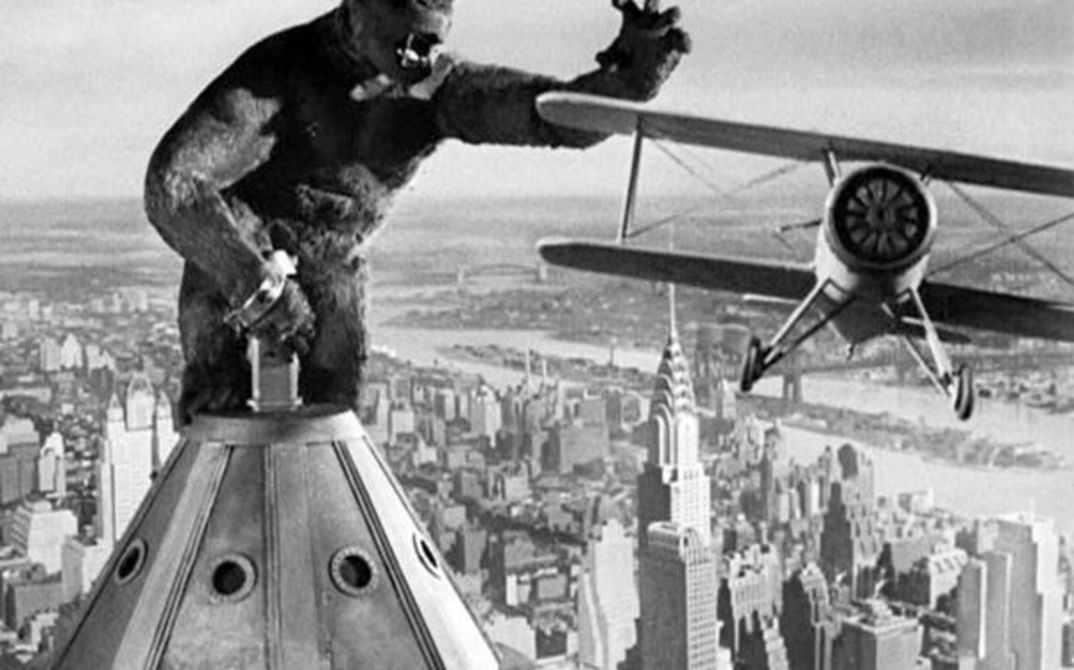This lecture by Sabine Nessel looks at the relevance of archives for film-history research. The cycle, which began with feminist perspectives, will continue with two films from the 1970s that will be shown in restored versions in the digital format DCP: Chantal Akerman’s cinematographic magnum opus on the daily tasks of the eponymous figure JEANNE DIELMAN, 23 QUAI DU COMMERCE, 1080 BRUXELLES (Belgium/France 1975, 3.1.) and RIDDLES OF THE SPHINX (Laura Mulvey, Peter Wollen, UK 1977, 10.1.), in which Laura Mulvey, author of a foundational text of feminist psychoanalytical film theory, not only appears in the film reading theory, but also co-directed it. In MEIN LEBEN TEIL 2 (My Life, Part II, Angelika Levi, Germany 2003, 17.1.), the filmmaker makes use of objects, photographs, sound and film recordings to look at what was (not) discussed in her family, and how "on macro and micro levels history is constantly being produced, archived, discussed, and classified" (Angelika Levi). In our final segment, this talk is devoted to the relevance of archives especially in terms of anthropological difference; Levi looks into the roles animals have played in the history of a film institution such as the Arsenal. The image of the great ape on the Empire State Building in KING KONG (Merian C. Cooper, Ernest B. Schoedsack, USA 1933, 24.1.) is an art-historical legend that also leads us into the archives of 1930s production design and to the performances of "Gorilla Men" in Hollywood, who wore the often elaborately designed ape costumes. BESTIAIRE (Denis Côté, Canada/France 2012, 31.1.) is a precise, dialogue-less cinematographic study of various visual and auditory displays in which animals are shown and perceived by humans. The lecture series continues into February 2017 and is open to everyone. (sn)



